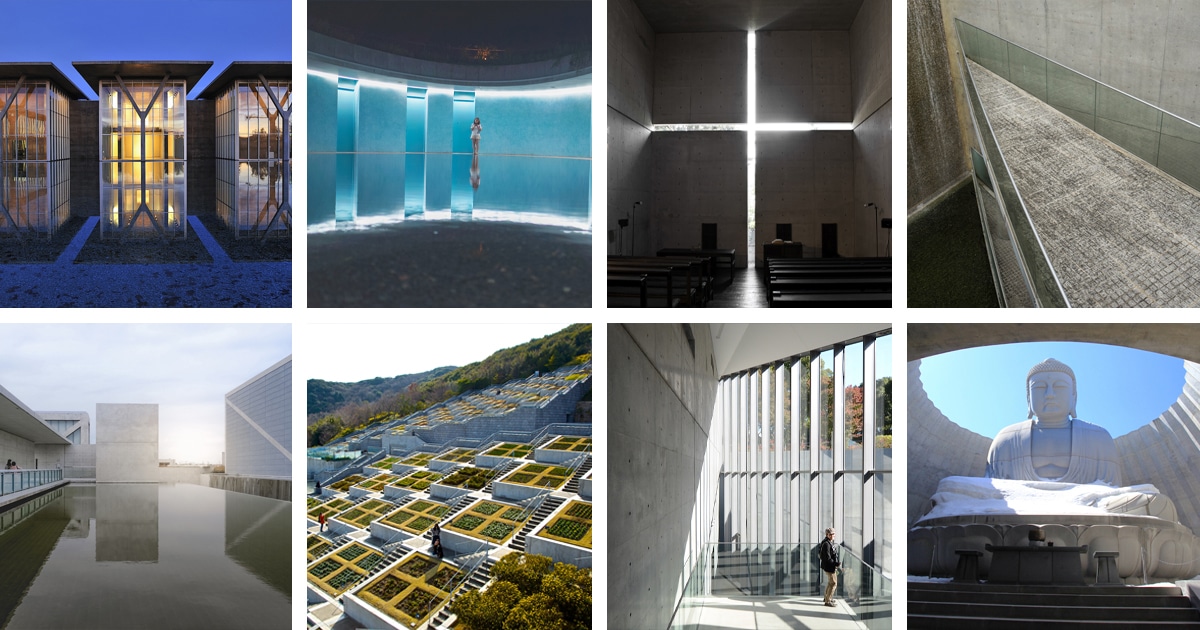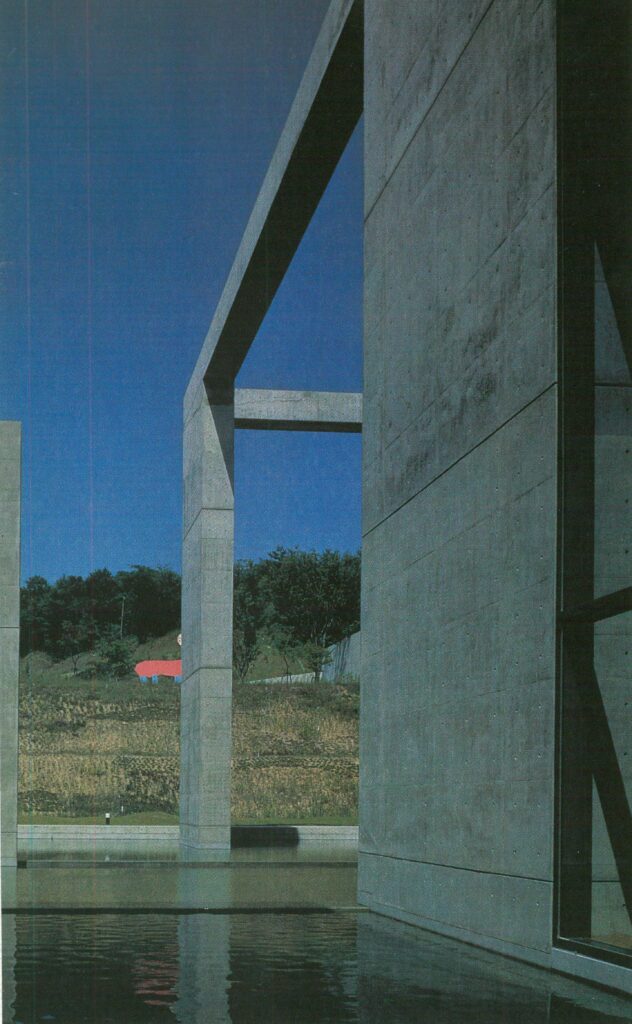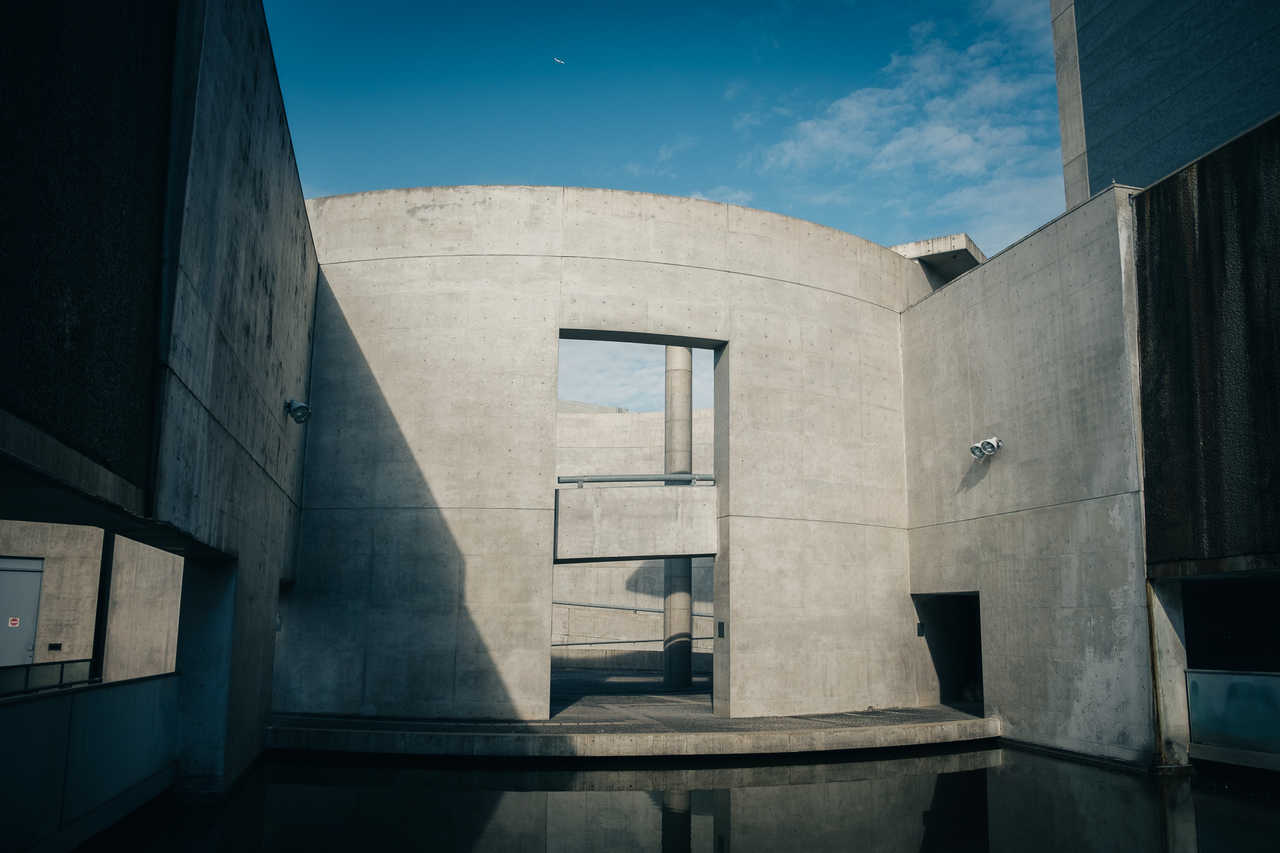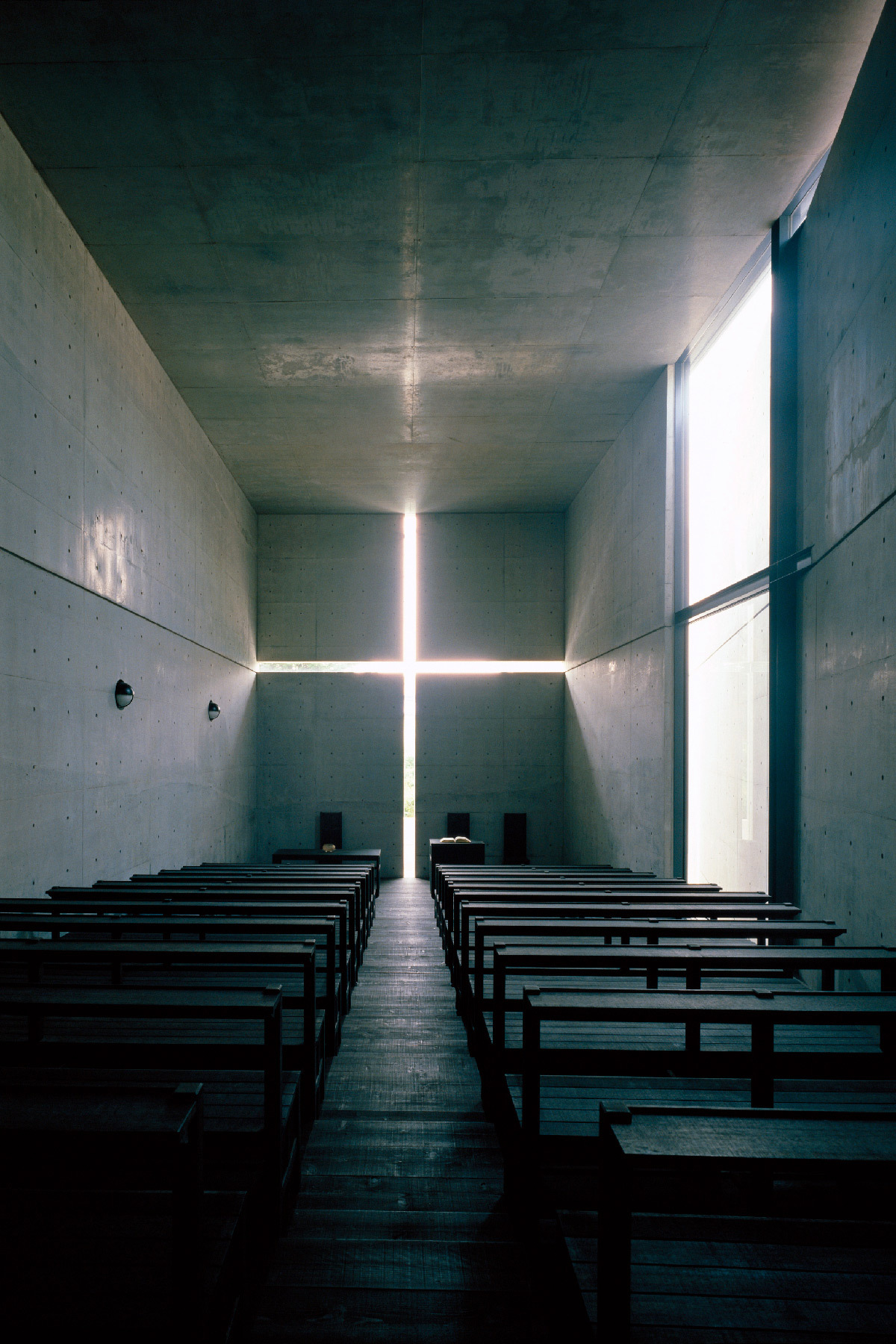15 Projects by Tadao Ando RTF Rethinking The Future

As part of the celebration of its 10th anniversary, the National Arts Center in Tokyo has been putting on exceptional exhibitions since the beginning of the year. After a large retrospective devoted to the avant-garde artist, Yayoi Kusama, NACT has now opened a large exhibition on Tadao Ando, a true icon of Japanese architecture, running from September 27 to December 18 2017.
Structures Conçues Par Tadao Andō Diverses Structures

Tadao Ando: the Colours of light is a landmark in architectural publishing. An exquisite work of art in its own right, it is the result of ten years' collaboration between the English photographer Richard Pare and the internationally renowned architect Tadao Ando. Japan's leading architect, Tadao Ando (b 1941) was recently awarded the 1995 Pritzker Architecture Prize for his 'consistent and.
The Architecture of Tadao Ando 10 Dramatic Buildings

Wikipedia. Tadao Ando (born September 13, 1941, in Osaka, Japan) is a Japanese architect and winner of the Pritzker Prize. He works primarily in exposed cast-in-place concrete and is renowned for an exemplary craftsmanship which invokes a Japanese sense of materiality and a spatial narrative through the pared aesthetics of international modernism.
From the archive children's museum, Hyogo, Japan by Tadao Ando Architectural Review

Tadao Andô, itinerary of a self-taught architect. From the boxing ring to the most prestigious international architecture prize, this is the extraordinary journey of the Japanese architect, Tadao Ando, who accounts for more than 300 architectural achievements around the world since his beginnings in Osaka in 1969.
Tadao Ando Water Temple. NID's selection of inspirational work from all over the world

Rokko Housing I, II, III, Kobe, 1983-1999. Tadao Ando (安藤 忠雄, Andō Tadao, born 13 September 1941) is a Japanese autodidact architect [1] [2] whose approach to architecture and landscape was categorized by architectural historian Francesco Dal Co as " critical regionalism ". He is the winner of the 1995 Pritzker Prize .
Tadao Ando Structures

The newest volume in our popular Conversations series features Japanese architect Tadao Ando. One of the most celebrated living architects, Ando is best known for crafting serenely austere structures that fuse Japanese building traditions with Western modernism. His minimalist masterworks-geometric forms clad in silky-smooth exposed concrete-are suffused with natural light and set in perfect.
Tadao Andō, de béton et d'émotions

From the book Ellicott City, Maryland - Mill Town, U.S.A.- by Celia M. Holland. Linwood. At the terminus of Church Road, there rises an immense stone house known as Linwood. Based on its many outstanding architectural features which bear a distinct similarity to those executed in the last half of the 18th century, the older section is.
Architecture Modern design wmud tadao ando lee ufan museum, naoshima

Tadao Andō est un architecte japonais de renom, connu pour ses conceptions minimalistes et modernes. Ses structures sont souvent caractérisées par des murs en béton brut, des formes géométriques simples et l'utilisation de la lumière naturelle.
Tadao Ando Azuma House on Behance Architecture, Modern japanese architecture, Concrete

10 Dramatic Buildings by Architect Tadao Ando, The Master of Light and Concrete. By Samantha Pires on May 1, 2021. Left to right: Modern Art Museum of Fort Worth, Benesse House Oval, Church of Light, Garden of Fine Art, Sayamaike Museum, Glass House, 21 21 Design Sight, Hill of the Buddha in Makomanai Takino Cemetery.
3 Unique Osaka Buildings Created by Acclaimed Architect Tadao Ando

Acclaimed Japanese architect Tadao Ando has cultivated a visually rich, modern aesthetic that is truly his own. By balancing aspects of modernism with Japanese principals of design, Ando has been able to carve an impressive name for himself in the architecture world. His accomplishments include winning the 1995 Pritzker Prize.
Tadao Andō et son architecture de béton et de lumière just focus

The 1995 recipient of the Pritzker Prize Tadao Ando (born 13 September 1941) is highly regarded for his unparalleled work with concrete, sensitive treatment of natural light, and strong engagement.
Pin on Architect Tadao Ando

1/14. Born in 1941, Tadao Ando is a self-taught modern architect whose minimalist aesthetic and love of natural materials like glass and concrete earned him the Pritzker Prize in 1995. His.
13 Examples of Modern Architecture by Tadao Ando Concrete architecture, Modern japanese

Tadao Ando, a 53 year-old architect who lives and works in Osaka, Japan, was named the eighteenth Laureate of the Pritzker Architecture Prize. In making the announcement, Jay A. Pritzker, president of The Hyatt Foundation, which established the award in 1979, quoted from the jury's citation which describes Ando's architecture as "an assemblage of artistically composed surprises in space and.
Tadao Ando Wikipedia, the free encyclopedia Tadao Ando Architecture, Architecture Design

The Hyogo Prefectural Museum of Art in Kobe is another impressive work by this concrete loving architect. The purpose built municipal art gallery was opened in 2002 and features a variety of works from both foreign and Japanese artists. The most striking element of this art space is the staircases that have provided plenty of photographic fodder over the years!
Tadao Ando rétrospective de l'architecte au Centre Pompidou

Tadao Ando: Biography, Works, Awards. Tadao Ando, a prominent contemporary Japanese architect, is known for his minimalist concrete buildings, prioritizing light, wind, and space. Ando's architecture is characterized by its stark, minimalist modern style, featuring simple geometric forms, open floor plans, and natural lighting and ventilation.
Tadao Andō Langen Foundation We Are Acanthus Tadao ando, Modern japanese architecture

Tadao Ando has designed many museums throughout the world. He even designed one underground which is located in Naoshima, Japan. The ornamental 19th-century ceiling mural and Ando's reticent concrete wall. Ando's aim was to create "a building that connects the past with the present and the future".